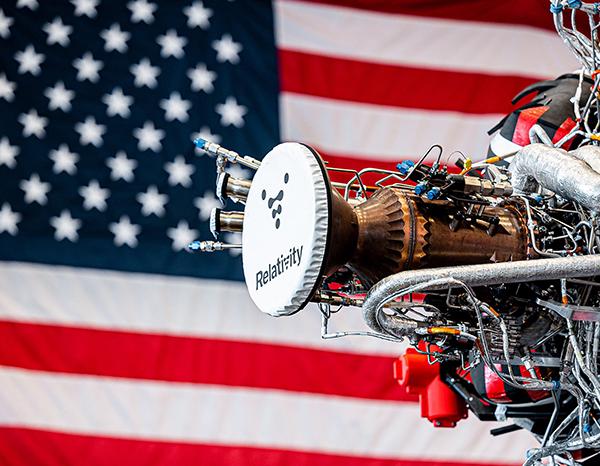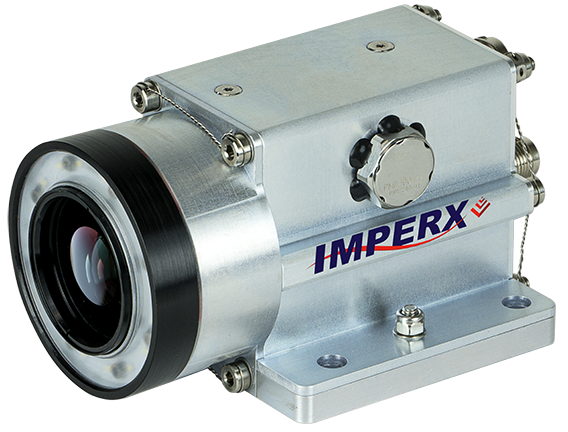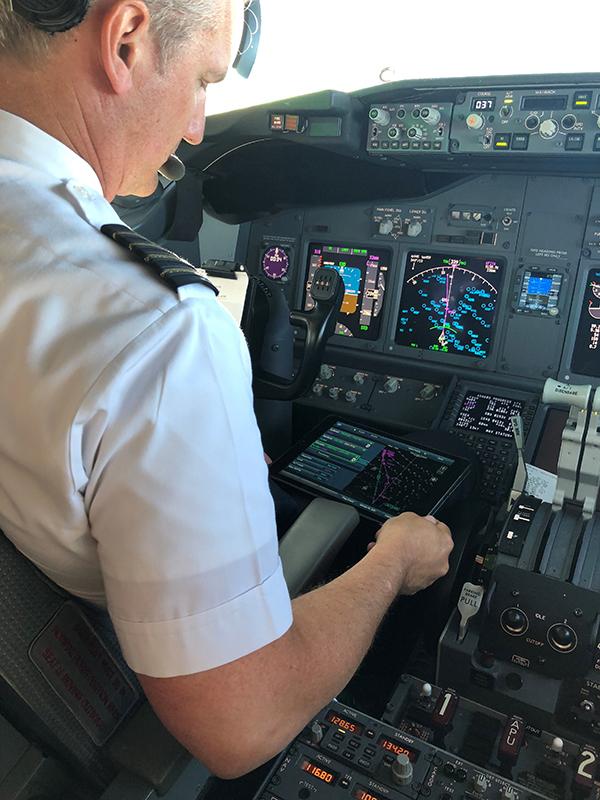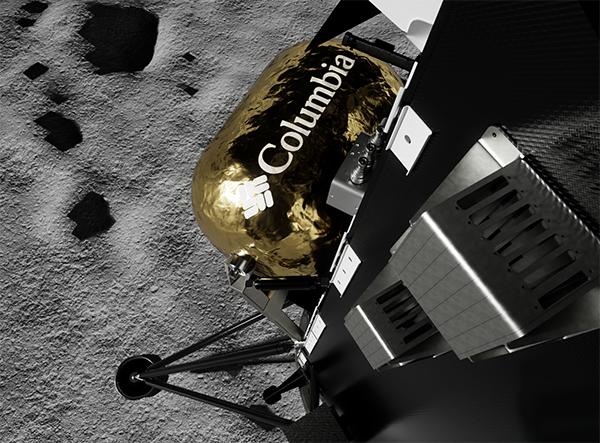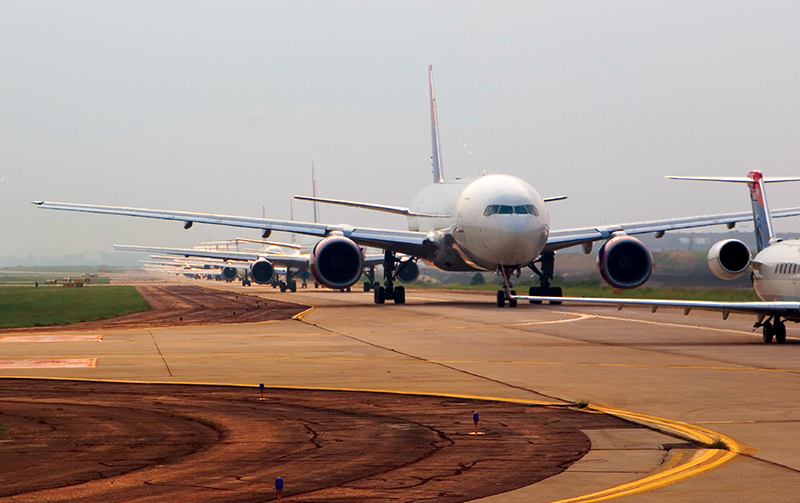
Programs Model the Future of Air Traffic Management
Originating Technology/NASA Contribution
Try describing the U.S. National Airspace System (NAS), and you will inevitably end up rattling off a series of large numbers. There are more than 87,000 flights—commercial, general aviation, military, chartered, cargo—every day; about 5,000 flights in the air at any given moment; and more than 14,000 air traffic controllers working to manage the safety of all of these flights, including an average of 64 million takeoffs and landings a year (more than 7,000 every hour). In addition, there are more than 19,000 airports; 600 air traffic control facilities; more than 70,000 radar systems, communications relays, and other equipment; and thousands of technicians and safety inspectors. The NAS includes all of these components and others, like the 660 million passengers and 37 billion cargo-revenue tons of freight that crisscross the Nation every year. Even the weather is considered part of the NAS.
If all of those numbers are not mind-boggling enough, consider that airspace demand is expected to as much as triple by 2025. The increase in air traffic is outpacing construction of airports and runways and, of course, the actual amount of airspace available remains unchanged. Crowded skies promise safety issues, longer delays and more congestion at airports, and less response time for air traffic controllers managing the flow. In addition, the NAS has become an increasingly interconnected and interdependent system: a snowstorm grounding flights in the Northeast, for example, leads to disruptions, delays, and economic impacts nationwide.
In keeping with its mission to “enable a safer, more secure, efficient, and environmentally friendly air transportation system,” NASA’s Aeronautics Research Mission Directorate is working closely with the Federal Aviation Administration (FAA) to develop technologies and procedures for creating a Next Generation Air Transportation System, transforming the entire NAS to address these problems.
Partnership
Evaluating potential air traffic management (ATM) solutions in real life, however, is difficult and costly; computer models and simulations can provide far more practical and comprehensive alternatives. But modeling and simulating a system with the scale and complexity of the NAS in useful detail is a daunting task, and doing so in a way that allows for the flexible testing of ATM scenarios adds further challenges.
To help develop a program capable of simulating a realistic NAS down to individual flights, NASA partnered with Rockville, Maryland-based Intelligent Automation Inc. (IAI). Through Small Business Innovation Research (SBIR) contracts with Ames Research Center, IAI continued work on specialized software the company had begun developing with funding from the U.S. Department of Defense (DoD). With the NASA support, IAI produced the software, called Cybele, and released it as an open-source program. The unique capabilities of the Cybele program led to its inclusion as an enabling technology for NASA’s Airspace Concept Evaluation System (ACES), which is providing researchers with glimpses of the future of the national airspace.
Product Outcome
Cybele is an infrastructure for autonomous, interactive components called agents, which researchers program to model the behaviors of various entities—such as airplanes or even individual people in a crowd. The agents can operate while distributed across multiple computers and execute their activities in individual threads, interacting with each other via messaging. These qualities make Cybele an excellent framework for modeling complex systems with multiple, individual constituents—like the NAS.
“In the ATM domain, an agent can correspond to an aircraft, while another agent corresponds to an air traffic controller, and the communications between the controller and the aircraft are modeled via messages,” explains Vikram Manikonda, president of IAI.
Cybele currently forms the agent infrastructure for ACES, creating agents for every part of the NAS, down to individual airplanes, airports, control centers, and even models of en route winds and other meteorological elements. The agents generate data streams that mimic the interactions of their real-world counterparts, and ACES collects the data for analysis, allowing researchers to determine how the NAS will react to increasing airspace demand and the “ripple effect” of disruptive elements like bad weather. Cybele provides ACES with the flexibility to model anything from a single airport or control center up to the entire NAS in fast time, and its distributed operation maximizes available computational resources. Though still being expanded and improved, ACES is currently used in a number of studies, including NASA’s Advanced Airspace Concept, an effort to increase airspace capacity.
IAI serves as a subcontractor for technology innovator Raytheon on the ACES contract and has licensed Cybele to a number of aerospace companies and NASA contractors, as well as NASA’s Ames and Langley Research Centers. The company now offers a range of Cybele products, including the company’s core agent programming product CybelePro; the complete agent-based development platform CybelePro Enterprise; and the more limited, open-source OpenCybele and free CybeleLite versions.
Cybele’s capabilities are not limited to ATM research. Other companies have licensed the software for applications in distributed robotics, and the U.S. Air Force has used Cybele to model the behavior of crowds.
“We modeled crowds as agents, simulating aggressive crowds, passive crowds, what influence a leader would have on crowd behavior, and how crowds would disperse in certain situations,” Manikonda says. IAI provided the same agent-based modeling for the U.S. Army to study leadership development and troop training.
Over the past two decades, IAI has benefited from several SBIR contracts with NASA. In fact, Manikonda says IAI’s SBIR-derived Cybele technology was instrumental in the formation of the company’s ATM group that currently employs 20 people.
“We view NASA partnership as an integral part of our growth,” says Manikonda. “We’ve used the SBIR program as seed money to grow innovative ideas.”
As IAI continues to work on SBIR-funded endeavors, including ATM projects focusing on concepts such as dynamic airspace corridors and airborne merging and spacing, the outcomes of these efforts, the ACES project, and other NASA partnerships may well determine the health of the Nation’s airspace in the coming decades.
Cybele™ is a trademark of Intelligent Automation Inc.
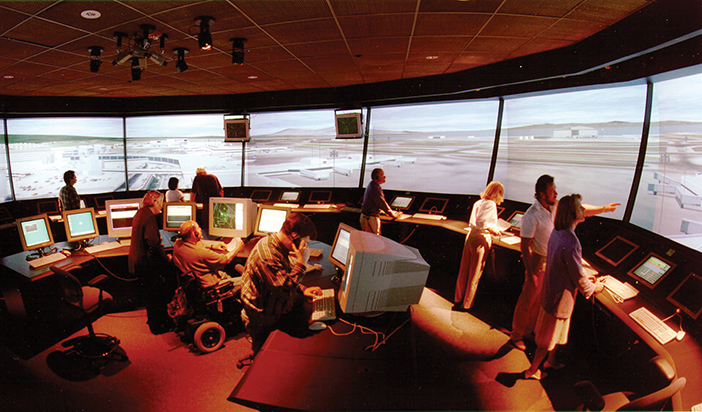
Ames Research Center’s Future Flight Central simulator, the world’s first full-scale virtual airport control tower, is just one of many ways NASA tests solutions to solve potential air and ground traffic problems at commercial airports.

With more than 87,000 flights every day and airspace demand that is expected to triple by 2025, solutions are needed to avoid longer delays and more congestion at airports.










